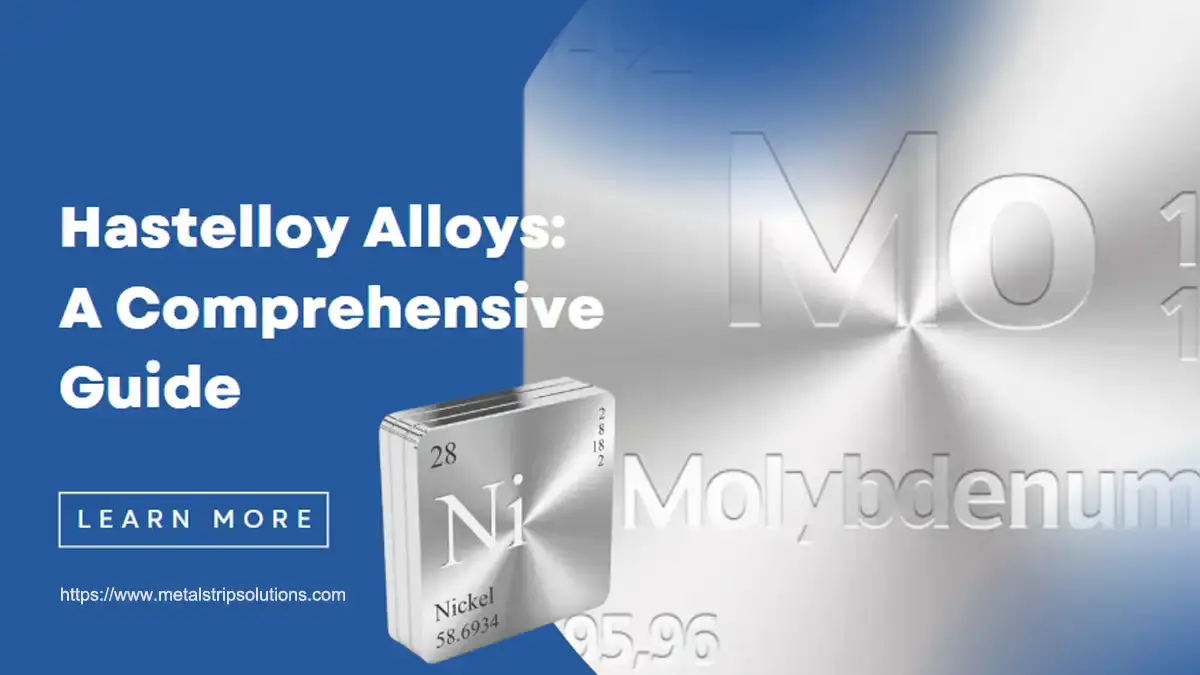The two main ingredients required for making all the grades of Hastelloy® ( Hastelloy is a trademark of Haynes International Inc.) alloys are Nickel and Molybdenum.
Hastelloy alloys are very famous for their corrosion resistance properties.
There are many grades of Hastelloy alloys, and every grade has different properties due to secondary alloying elements like chromium carbon, tungsten, aluminum, and titanium.
Hastelloy performs better in highly corrosive conditions than other special alloys, such as Incoloy alloy, due to its high molybdenum and chromium content.
Overall, the workability of Hastelloy also increases with the addition of molybdenum. Hastelloy alloys are also ductile, and easy to fabricate and reshaping.
These alloys can maintain stability and strength at high temperatures and exhibit outstanding corrosion resistance properties.
If you are the engineers or the purchasers, this article is helpful. Keep reading.
What are Hastelloy alloys?
Hastelloy alloys belong to the category of nickel-based alloys.
They can be categorized into two groups, one characterized by a higher molybdenum content and the other by a higher chromium content.
These alloys exhibit exceptional resistance to potent oxidizing solutions and possess high durability in the presence of reducing agents. Additionally, their low carbon content and minimal carbide precipitation during welding contribute to their resistance to intergranular corrosion.
Primarily employed in the metal industry, Hastelloy alloys are distinct from the complete spectrum of nickel-chromium-molybdenum alloys.
Key components of Hastelloy alloys encompass molybdenum, chromium, iron, tungsten, cobalt, manganese, copper, vanadium, phosphorus, silicon, and sulfur.
The composition of Hastelloy alloys varies depending on the grade and standard of the alloy.
Hastelloy Alloys Grades
Along with containing nickel and molybdenum, the different grades of Hastelloy alloys may contain percentages of iron, aluminum, tungsten, carbon, titanium, chromium, and other elements.
The most widely used and versatile Hastelloy alloys are the C-grades.
Hastelloy B-2
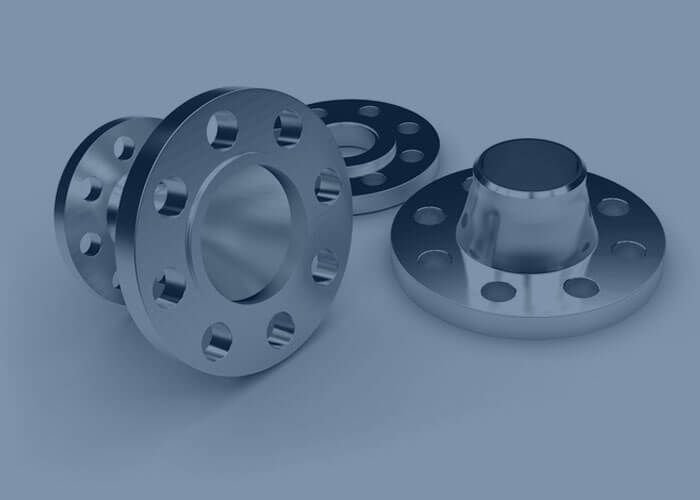
Alloy B-2, often referred to as Hastelloy B-2.
Alloy B-2 also referred to as the UNS N10665/W.Nr. 2.4617 alloy.
Alloy B-2 a solid-solution strengthened nickel alloy which is normally used in extreme reducing conditions. This nickel steel alloy can be used in the as-welded condition because it resists the formation of grain-boundary carbide precipitates in the weld heat-affected zone.
Alloy B-2 is widely used in the chemical process industry involving sulfuric, phosphoric, hydrochloric and acetic acid.
Hastelloy B-3
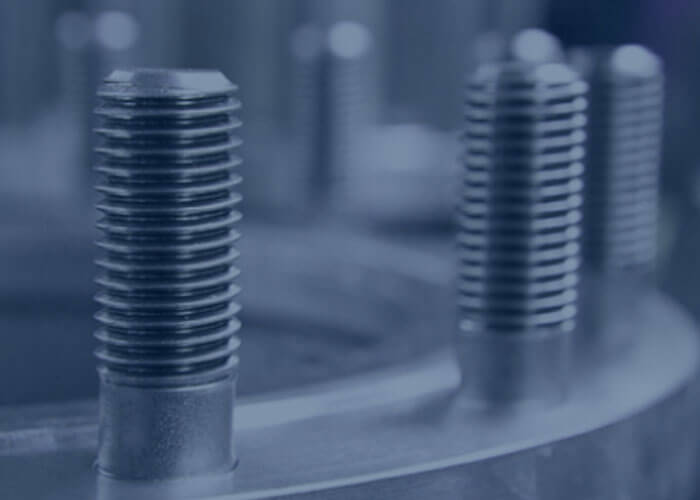
Alloy B-3 also referred to as the UNS N10675/W.Nr. 2.4600 alloy.
Alloy B-3 is similar to alloy B-2 in terms of resistance to non oxidizing agents, resistance to stress corrosion & pittings, non formation of grain boundry.
Like other nickel alloys (in the mill annealed condition), it is ductile, can be formed and welded, and resists stress corrosion cracking in chloride-bearing solutions.
Also, it is able to withstand fluoride-bearing media and concentrated sulfuric acid, both of which result in damage to zirconium alloys.
Alloy B-3 is widely used in numerous chemical process industry, especially in the construction of reaction vessels for pure, reducing acid service.
B-3 alloy is available in the form of plates, sheets, strips, billets, bars, wires, pipes, tubes, and coated electrodes.
Hastelloy C-4
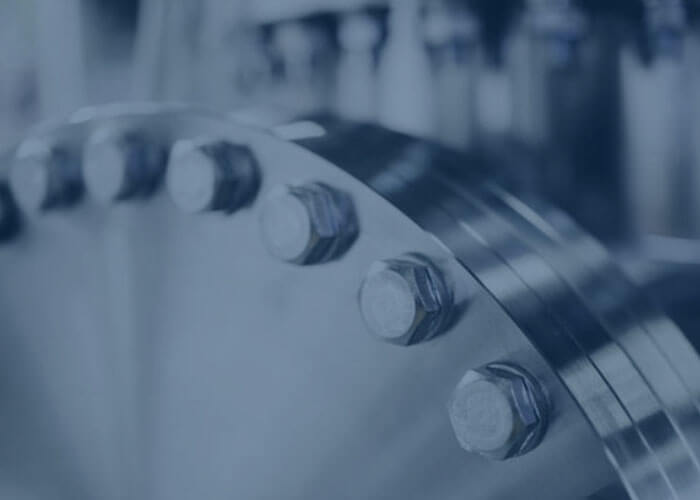
Grade C-4 is also called UNS N06455/W.Nr. 2.4610 alloy, it is corrosion resistant to chloride-containing oxidation or reduction.
It features good thermal stability, suitable for wet chlorine, hypochlorous acid, sulfuric acid, hydrochloric acid, mixed acid, chloride device and direct application after welding.
Hastelloy C-22
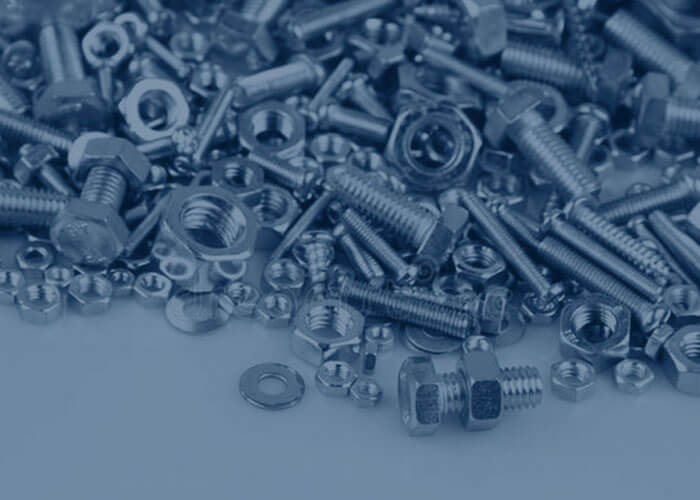
Alloy C-22 also referred to as the UNS N06022/W.Nr. 2.4602 alloy.
It is one of the well-known and well-proven nickel-chromium-molybdenum alloys.
Alloy C-22 has better overall corrosion resistance compared to C-276 alloy and is often referred as the upgrade from C-276.
Alloy C-22 is widely used in the petrochemical and chemical industries.
Hastelloy C-276
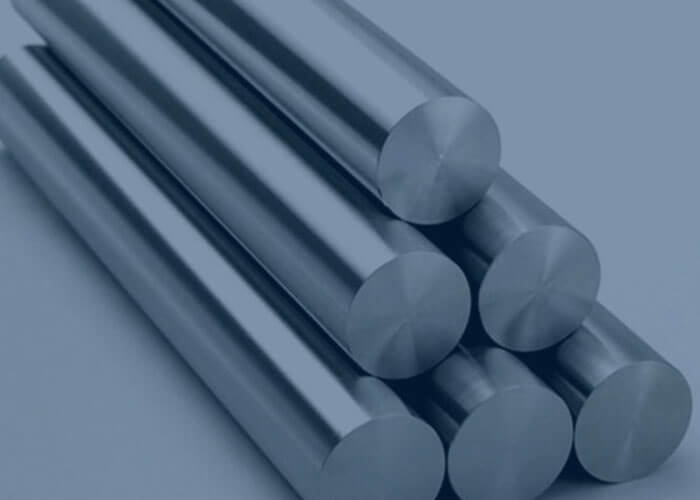
Hastelloy C-276 also referred to as the UNS N10276/W.Nr. 2.4819 alloy.
It is a very commonly used nickel-chromium-molybdenum alloy.
Among superalloys, it is known for its high molybdenum content.
Alloy C-276 exhibits excellent corrosion resistance in a wide range of severe environments.
Alloy C-276 is widely used in chemical processing, pollution control, pulp and paper production, industrial and municipal waste treatment.
Hastelloy C-2000
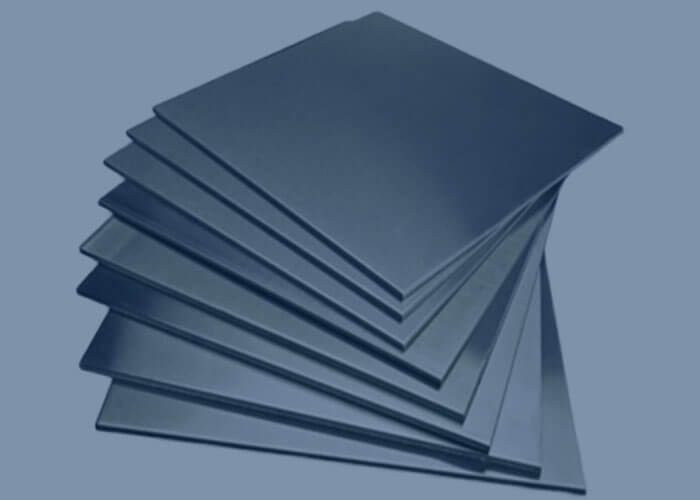
Alloy C-2000 also referred to as the UNS N06200/W.Nr. 2.4675 alloy.
Alloy C-2000 is unique among the versatile nickel-chromium-molybdenum materials in having a deliberate copper addition. This provides greatly enhanced resistance to sulfuric acid.
It also has a high chromium content, to maximize its resistance to oxidizing chemicals and process streams contaminated with ferric ions and dissolved oxygen.
Like other nickel alloys, it is ductile, easy to form and weld, and possesses exceptional resistance to stress corrosion cracking in chloride-bearing solutions. It is able to withstand a wide range of oxidizing and non-oxidizing chemicals, and exhibits outstanding resistance to pitting and crevice attack in the presence of chlorides and other halides.
Alloy C-2000 is widely used in reactors and heat exchangers.
Alloy C-2000 is available in the form of plates, sheets, strips, billets, bars, wires, pipes, tubes, and covered electrodes.
Hastelloy G-30
Alloy G-30 also referred to as the UNS N06030/W.Nr. 2.4603 alloy.
Alloy G-30 is a nickel-chromium-iron material highly resistant to “wet process” phosphoric acid.
As a result of its high chromium content, G-30 alloy is also very resistant to other oxidizing acids, such as nitric, and mixtures containing nitric acid. It possesses moderate resistance to reducing acids, such as hydrochloric and sulfuric, as a result of its appreciable molybdenum and copper contents.
Alloy G-30 is widely used in reactors and heat exchangers.
Alloy G-30 is available in the form of plates, sheets, strips, billets, bars, wires, pipes, tubes, and covered electrodes.
Hastelloy X
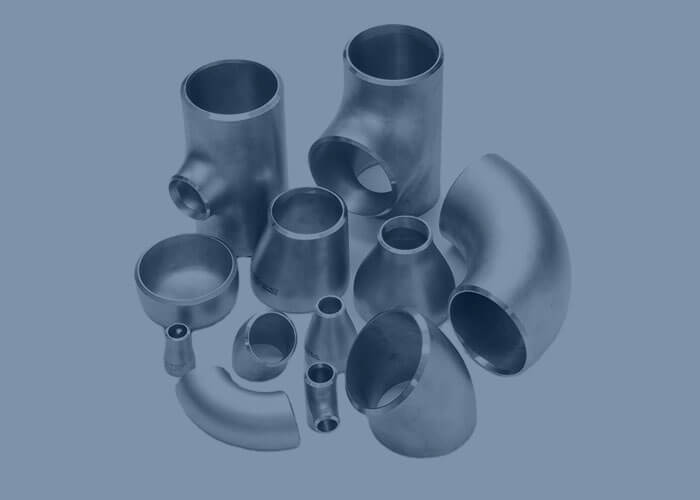
Hastelloy alloy X also referred to as the UNS N06002/W.Nr. 2.4665 alloy.
Alloy X is a nickel-chromium-iron-molybdenum alloy that possesses an exceptional combination of oxidation resistance, fabricability and high-temperature strength.
As a consequence of its good ductility, X alloy is also readily formed by cold-working. All hot- or cold- worked parts should be annealed and rapidly cooled in order to restore the best balance of properties. The alloy can be welded by a variety of techniques, including gas tungsten arc (GTAW), gas metal arc (GMAW), shielded metal arc (SMAW), and resistance welding.
Alloy X is widely used in industrial furnace.
Alloy X is available in the form of plates, sheets, strips, billets, bars, wires, pipes, tubes, and covered electrodes.
Hastelloy Alloys Chemical Compositions
| Alloy Grade | Cr% | C% | Co% | W% | Mo% | V% | Ai% | Ti% | Nb % | Fe% | Cu% | Ni% | Other % |
| Alloy B | 0.60 | 0.1 | 1.25 | – | 28 | 0.3 | – | – | – | 5.5 | – | balance | Mn 0.80; Si 0.70 |
| Alloy B-2 | 1.00 | 0.02 | 1 | – | 26.0-30.0 | – | – | – | – | 2 | – | balance | Mn 1.0, Si 0.10 |
| Alloy C-276 | 14.0-16.5 | 0.02 | 2.5 | 3.0-4.5 | 15.0-17.0 | 0.35 | – | – | – | 4.0-7.0 | – | balance | Mn 1.0; Si 0.05 |
| Alloy X | 22.00 | 0.1 | 1.5 | 0.6 | 9 | – | – | 18.5 | – | – | – | balance | Mn 0.6; Si 0.60 |
| Alloy C | 16.00 | 0.07 | 1.25 | 40 | 17 | 0.3 | – | – | – | 5.75 | – | balance | Mn 1.0; Si 0.70 |
| Alloy C4 | 14.0-18.0 | 0.015 | 2 | – | 14.0-17.0 | – | – | 0..70 | – | 3 | – | balance | Mn 1.0 ; Si 0.08 |
| Alloy N | 7.00 | 0.06 | 0.25 | 0.2 | 16.5 | – | – | – | – | 3 | 0.1 | balance | Mn 0.40; Si 0.25; B 0.01 |
| Alloy S | 15.50 | 0.02 | 2 | 1 | 14.5 | 0.6 | 0.2 | – | – | 3 | – | balance | Mn 0.50; Si 0.40; B0.0009; La 0.02 |
| Alloy F | 22.00 | 0.02 | 1.25 | 0.5 | 6.5 | – | – | – | 2.1 | 21 | – | balance | Mn 1.50; Si 0.50 |
| Alloy G | 21.0-23.5 | 0.05 | 2.5 | 1 | 5.5-7.5 | – | – | – | 1.7-2.5 | 18.0-21.0 | 1.5-2.5 | balance | Mn 1.0-2.0; P0.04; Si 1.0; |
| Alloy G2 | 23.0-26.0 | 0.03 | – | – | 5.0-7.0 | – | – | 0.70-1.50 | – | balance | 0.70-1.20 | 47.0-52.0 | Mn 1.0; Si 1.0 |
| Alloy W | 5.00 | 0.06 | 1.25 | – | 24.5 | – | – | – | – | 5.5 | – | balance | Mn 0.050; Si 0.50 |
Characteristics of Hastelloy Alloys
Hastelloy alloys are more widely used in the industry due to their exceptional characteristics. Some vital properties are given below:
- Hastelloy alloys show high resistance against uniform attack
- Outstanding resistance to localized corrosion
- Hastelloy alloys have excellent resistance to stress corrosion cracking due to the high concentration of chromium and molybdenum contents.
- These alloys also show good resistance to acids like nitric acid, sulfuric acid, hydrochloric and hydrofluoric acids.
- Welding and fabrication are easy.
- All the grades of Hastelloy alloys have high oxidation resistance at high temperatures.
Special Properties of Hastelloy Alloys
Hastelloy is well-known for having a high molybdenum concentration. Molybdenum, being a corrosion-resistant element, provides excellent resistance to reductive corrosion.
Hastelloy alloys have excellent overall corrosion resistance due to the combination of nickel and chromium.
Their superior resistance to stress corrosion cracking in chloride-containing fluids cannot be matched by stainless steel.
The solid solution strengthening the impact of molybdenum and tungsten elements is highly visible, and they can improve the strength of Hastelloy alloys.
Hastelloy alloys show good ductility like other nickel alloys. They’re simple to fabricate and weld.
Hastelloy alloys resist chloride-induced pitting and crevice corrosion exceptionally well.
These types of corrosion are very common in austenitic stainless steel.
Like other nickel alloys, Hastelloy is known for its resistance to chloride-induced stress corrosion cracking.
Furthermore, Hastelloy has shown extraordinary resistance to seawater corrosion.
It is commonly utilized in maritime and offshore oil rigs, as well as in coastal installations, as a coolant.
Uses And Applications of Hastelloy Alloys
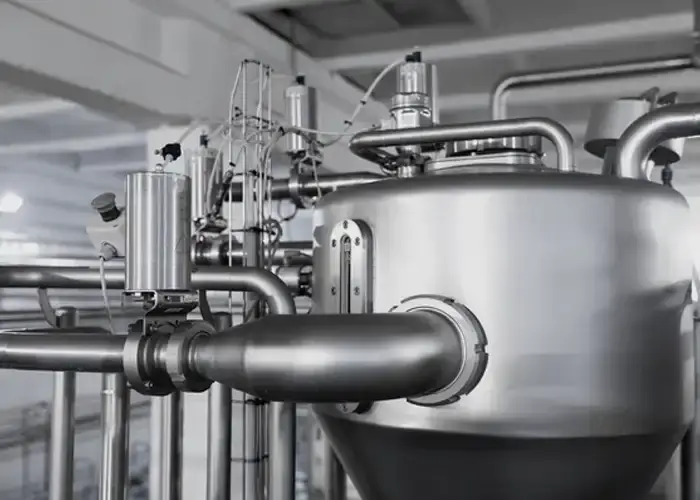
Hastelloy alloys are used in various applications due to their outstanding physical and mechanical properties.
Hastelloy alloys are most commonly used in oil and gas, chemical processing and aerospace industries.
Oil and gas
The oil is extracted from thousands of meters down, where temperatures and pressures are extraordinarily high.
Furthermore, the atmosphere in some oil fields is quite harsh, which can cause significant metal corrosion.
Hastelloy alloys provide high performance with exceptional high-temperature corrosion resistance and high-temperature stress resistance in these configurations.
Chemical processing
One of the most important manufacturing businesses is chemical processing.
Hastelloy alloys can be used to make reactor equipment such as columns, pipe systems, pressure vessels, heat exchangers, and more.
They can tolerate many of the daily chemical reactions that occur in these facilities due to their exceptional corrosion resistance.
Aerospace industry
Many Hastelloy alloys are best for aerospace applications due to their creep resistance and minimal expansion at high temperatures.
Hastelloy alloys are commonly used in the aircraft sector for structural honeycombs, fasteners, connections and engine components.
Costs of Hastelloy Alloys
Hastelloy alloys maintain their strength at high temperatures because they contain nickel, chromium, and molybdenum in their composition. These elements also provide outstanding corrosion resistance and strength. Hastelloy is more expensive than stainless steel, with prices ranging between $50 and $60 per Kg, depending on the Hastelloy grade utilized.
Advantages of Hastelloy Alloys
Hastelloy alloys are extremely resistant to corrosive media such as acids, chlorides, and oxidizing/reducing conditions. This corrosion resistance assures the long-term durability and efficiency of equipment and infrastructure, lowering maintenance costs and downtime.
These alloys have high mechanical strength and toughness, making them appropriate for harsh environments. They can tolerate high-stress situations while maintaining their structural stability.
Hastelloy alloys retain their mechanical qualities even at high temperatures, making them suitable for corrosion and heat resistance applications.
The Difference Between Monel And Hastelloy Alloys
Hastelloy is basically a nickel-molybdenum alloy that excels at handling reducing acids at high concentrations and temperatures.
The Hastelloy alloys contain chromium, nickel, and molybdenum in their composition, so they are suited for application in highly harsh chemical conditions.
On the other hand, Monel alloy is a nickel-copper-based alloy and can resist extremely corrosive environments.
Monel® alloys are corrosion-resistant in a variety of environments, including fast-moving seawater. It is easily constructed through cold and hot working, welding, and machining.
Differences between Hastelloy C-276 alloy and Hastelloy C-22 alloy
Hastelloy represents a family of alloys known for their corrosion resistance.
Among the Hastelloy family, both C-22 and C-276 exist, and their similarity can be confusing. However, C-22 boasts superior overall corrosion resistance compared to C-276 and is often considered an upgrade from C-276.
When it comes to sourcing materials, C-276 is more readily available, with numerous suppliers. Conversely, for C-22, there are only one or two inventory shops.
Despite slight differences in their components, the material costs for both are nearly identical. Initially, one might expect C-22 to be cheaper than C-276 due to its lower density. However, the limited production and supply of C-22 contribute to a higher overall cost for C-22.
Conclusion
All the grades of Hastelloy alloys have many benefits and properties.
That’s why Hastelloy is a very desirable material throughout the world. These alloys are used in many vital projects due to their outstanding properties like durability, strength, high resistance to acids and corrosion resistance at high temperatures.
Whether you’re looking for hastelloy C-22 or C276 alloy strip and foil, we will ensure you find the quality alloy for any of your manufacturing demands. For more information, contact our expert team here.

